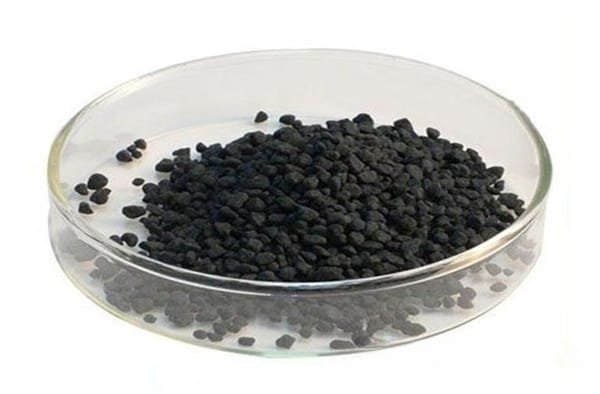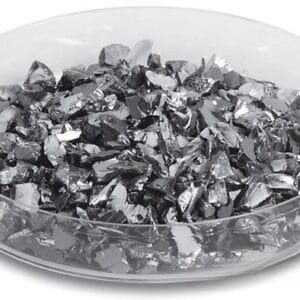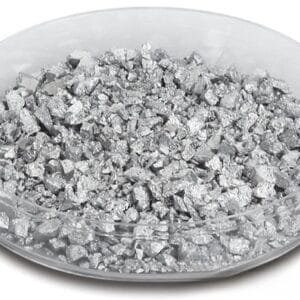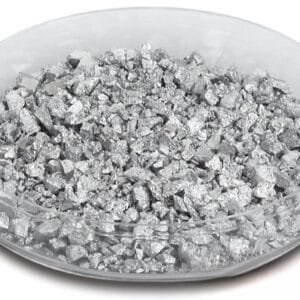Magnesium Silicide Evaporation Materials Overview
At TFM, our magnesium silicide evaporation materials feature the chemical composition Mg2Si, known for its role in high-quality deposition processes. Our high-purity Mg2Si materials, with purity levels reaching up to 99.9995%, are crucial for achieving superior film quality. We employ rigorous quality assurance procedures to ensure the reliability of our products.
Related Products: Magnesium Evaporation Materials, Silicide Ceramic Evaporation Materials
Magnesium Silicide Evaporation Materials Specifications
| Material Type | Magnesium silicide |
| Symbol | Mg2Si |
| Appearance/Color | Gray cubic crystals |
| Melting Point | 1,102 °C (2,016 °F; 1,375 K) |
| Density | 1.99 g/cm3 |
| Purity | 99.9% |
| Shape | Powder/ Granule/ Custom-made |
Applications of Magnesium Silicide Evaporation Materials
Our magnesium silicide materials are essential in various deposition processes, including semiconductor deposition, chemical vapor deposition (CVD), and physical vapor deposition (PVD). They are primarily used in optics for wear protection, decorative coatings, and display technologies.
Packaging and Handling
Magnesium silicide evaporation materials are carefully tagged and labeled to facilitate efficient identification and quality control. We ensure that the materials are protected against damage during storage and transportation.
Contact Us
TFM is a premier provider of high-purity magnesium silicide evaporation materials, available in various forms such as tablets, granules, rods, and wires. We also offer customized shapes and quantities. In addition to evaporation materials, we supply evaporation sources, boats, filaments, crucibles, heaters, and e-beam crucible liners. For inquiries about pricing and additional products, please contact us.


 MSDS File
MSDS File



Reviews
There are no reviews yet.